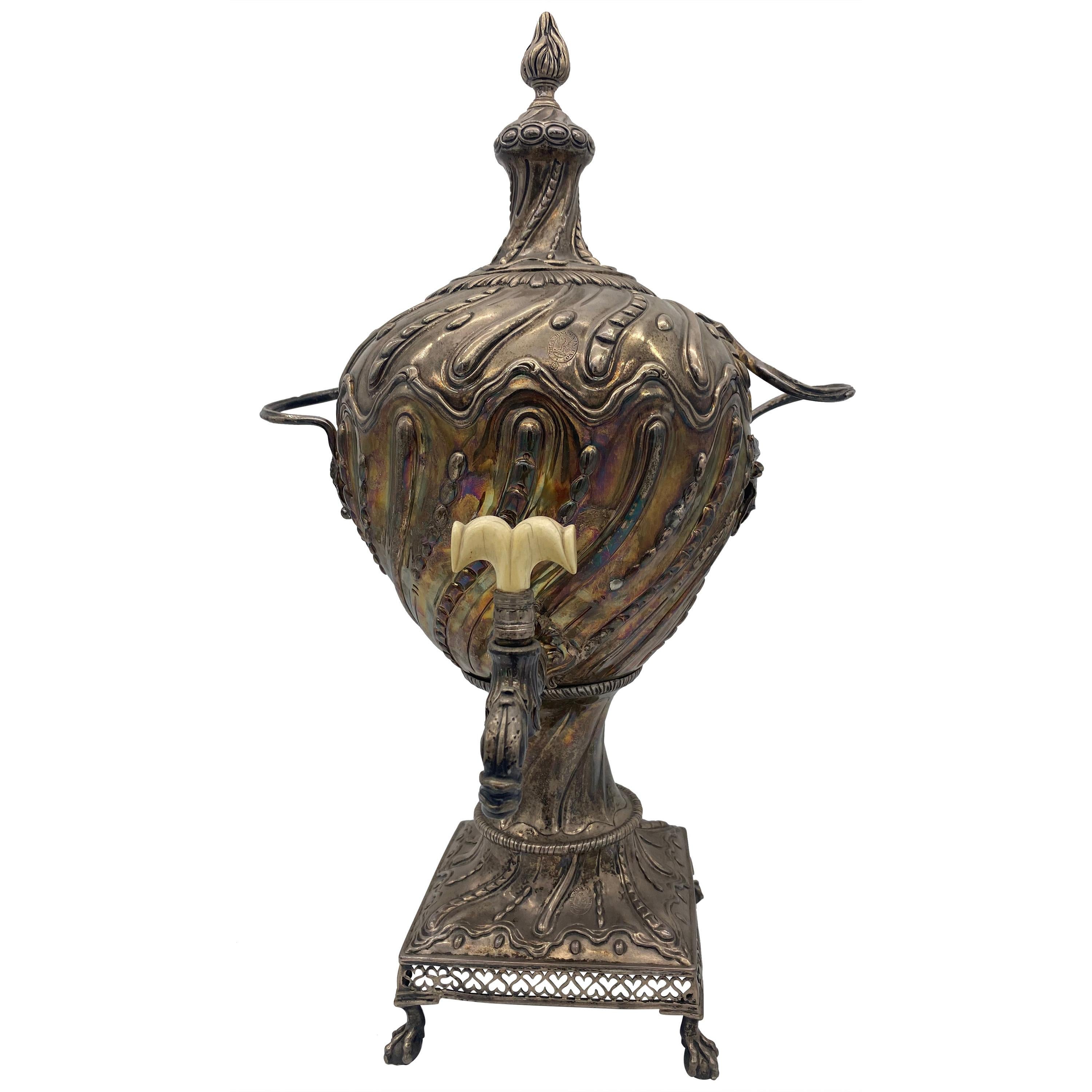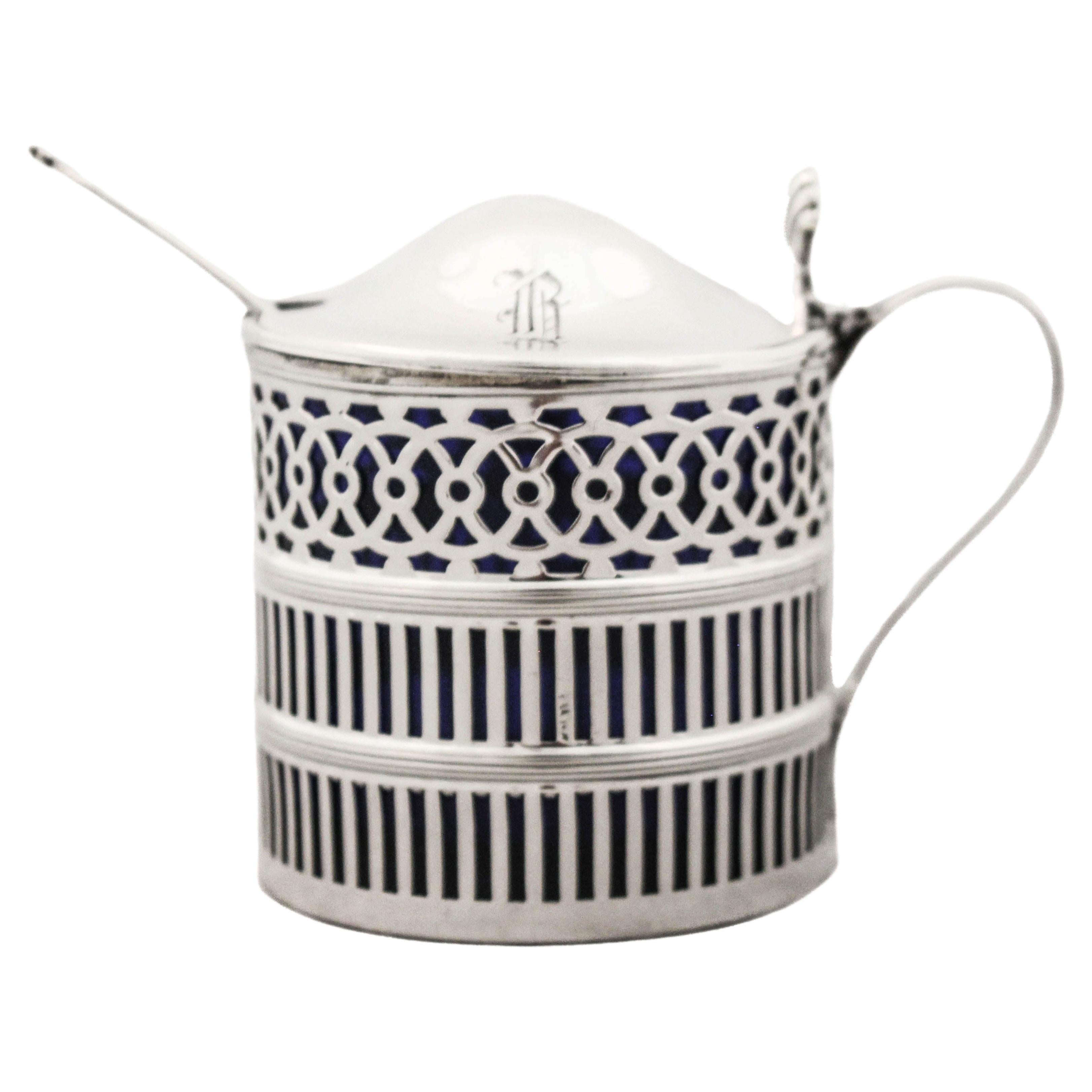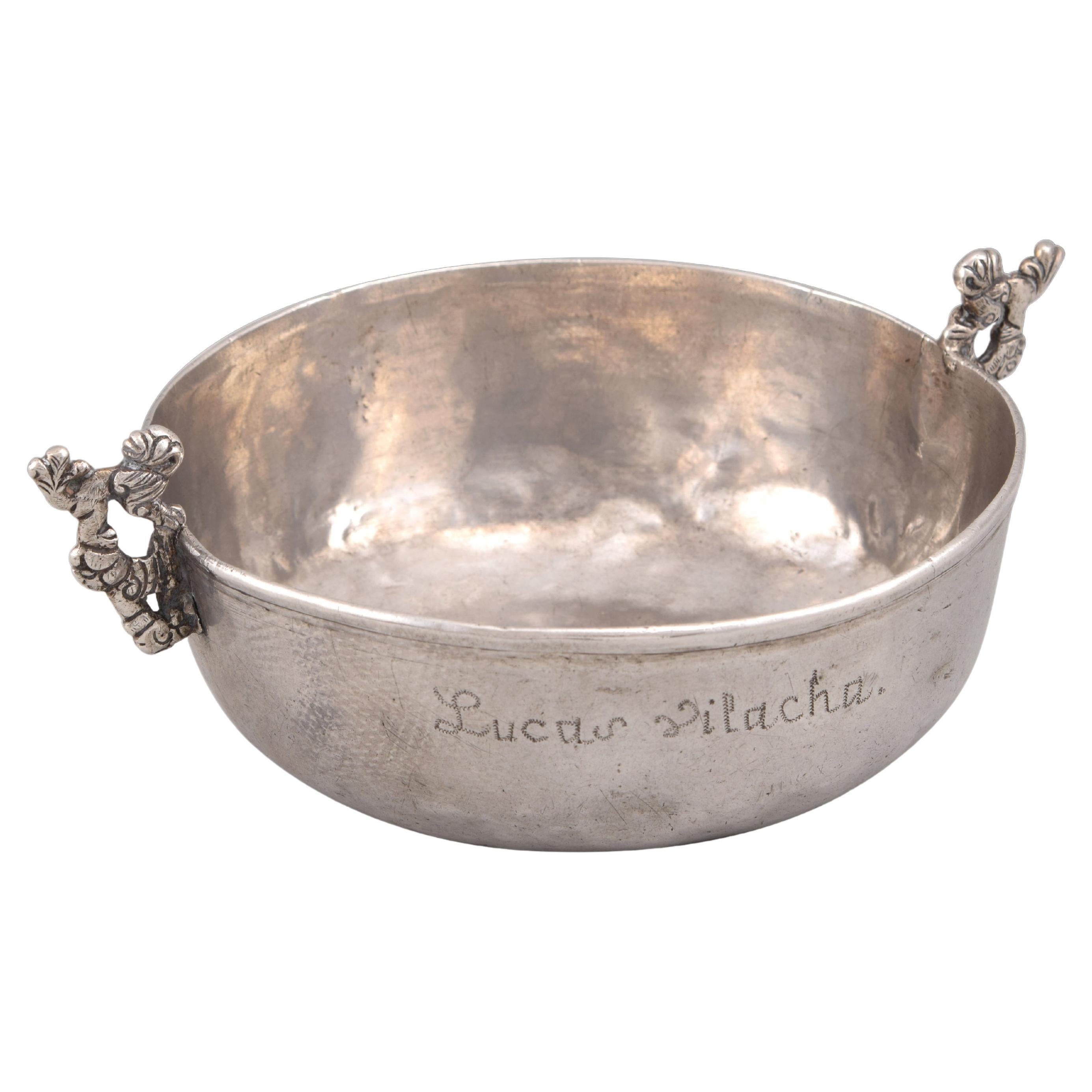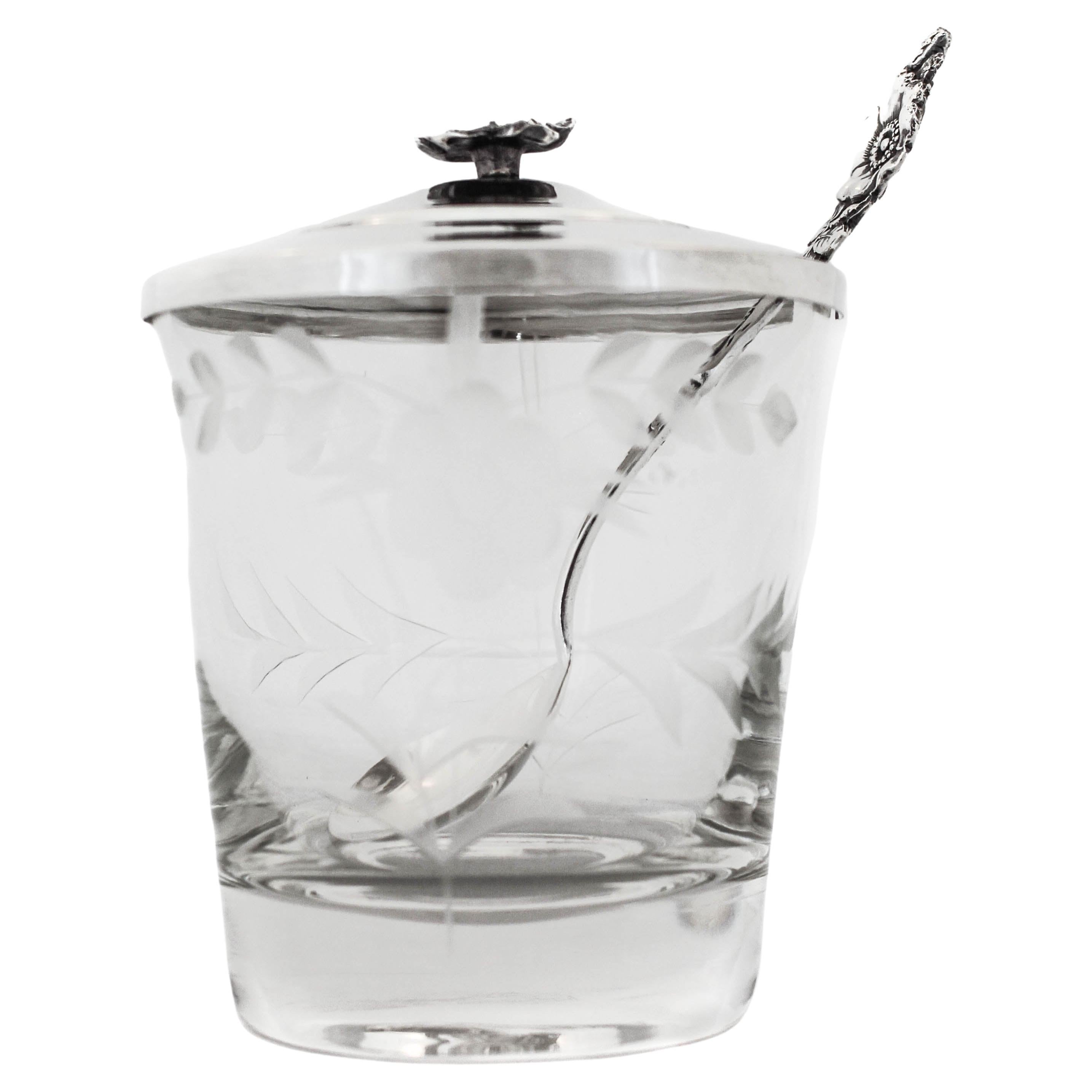Items Similar to 18th Century Spanish Coconut Husk Jar with Silver Fittings
Want more images or videos?
Request additional images or videos from the seller
1 of 9
18th Century Spanish Coconut Husk Jar with Silver Fittings
About the Item
18th century Spanish coconut husk jar with silver fittings.
- Dimensions:Height: 6.3 in (16 cm)Diameter: 6.7 in (17 cm)
- Materials and Techniques:
- Place of Origin:
- Period:
- Date of Manufacture:1775
- Condition:Wear consistent with age and use.
- Seller Location:Marbella, ES
- Reference Number:1stDibs: LU3044317748762
About the Seller
5.0
Platinum Seller
These expertly vetted sellers are 1stDibs' most experienced sellers and are rated highest by our customers.
Established in 1996
1stDibs seller since 2017
587 sales on 1stDibs
Typical response time: <1 hour
- ShippingRetrieving quote...Ships From: Marbella, Spain
- Return PolicyA return for this item may be initiated within 7 days of delivery.
More From This SellerView All
- 19th Century Spanish Green Glazed Earthenware JarLocated in Marbella, ES19th Century Spanish green glazed earthenware jarCategory
Antique Mid-19th Century Spanish Planters, Cachepots and Jardinières
MaterialsIron
- 18th Century Spanish Pine Wood Rustic Trunk with Wrought Iron FittingsLocated in Marbella, ES18th century Spanish pine wood rustic trunk with wrought iron fittings.Category
Antique 18th Century Spanish Blanket Chests
MaterialsIron
- 19th Century Spanish Glazed Ceramic Jar with Handles and a character on HorsebacLocated in Marbella, ES19th Century Spanish Glazed Ceramic Jar with Handles and a character on HorsebackCategory
Antique 19th Century Spanish Jars
MaterialsCeramic
- 19th Century Silver Tray with Embossed Flower DecorationLocated in Marbella, ES19th Century Silver Tray with Embossed Flower DecorationCategory
Antique Late 19th Century European Sterling Silver
MaterialsSilver
- 19th Century French Silver Saltcellar with Glass ShellsLocated in Marbella, ES19th Century French silver saltcellar with glass shells.Category
Antique 19th Century French Sterling Silver
MaterialsSilver
- 18th Century Spanish Ceramic Plate with FlowersLocated in Marbella, ES18th century Spanish Ceramic plate with flowers.Category
Antique Mid-18th Century Spanish Ceramics
MaterialsCeramic
You May Also Like
- 18th Century Antique 20'' Sterling Silver Water UrnLocated in Brea, CA18th century sterling silver water urn. All parts have been labeled Tria Juncta In Uno. Very large with 2945 grams and 20 inches tall. Extremely uniq...Category
Antique 18th Century Sterling Silver
MaterialsSterling Silver
- Sterling Silver Mustard Jar with SpoonBy Webster & CompanyLocated in Brooklyn, NYWe’re delighted to offer you this sterling silver mustard jar with and spoon. It has a cobalt blue liner that is removable so it is very easy to wash and ...Category
Vintage 1910s American Sterling Silver
MaterialsSterling Silver
- Antique 18th Century Spanish Silver Oval PlatterLocated in Torino, ITAntique 18th century Spanish Colonial silver oval platter decorated in repoussé and chased floral design, stamped at the back with the maker mark: Francisco Sanchez Taramas, Granada ...Category
Antique 18th Century and Earlier Spanish Baroque Sterling Silver
MaterialsSilver, Sterling Silver
- Silver Cup with Property Inscription. Possibly Spanish American, 18th CenturyLocated in Madrid, ESTembladera or bernegal with property inscription. Possibly Spanish American, 18th century. Silver trembling dish in its color with a wide and circular base and a mouth of greater diameter than this, body with a fine line engraved towards the edge and an inscription of ownership on the front (Lucas Vilacha) made with small dots. It also has two handles decorated with vegetal and grotesque elements with human heads, with shapes similar to lions or dogs visible at the top. In Spanish silverware...Category
Antique 18th Century South American Neoclassical Sterling Silver
MaterialsSilver
- Sterling Silver & Crystal JarBy Reed & BartonLocated in Brooklyn, NYThis sterling silver and crystal jar and spoon are made by Reed and Barton. The sterling lid and spoon have the same floral motif while the crystal jar has acid-etched flowers and le...Category
Vintage 1930s American Sterling Silver
MaterialsCrystal, Sterling Silver
- Silver Jar or Jug, De San Faurí, Juan, Spain, Madrid, 18th CenturyBy Spanish ManufactoryLocated in Madrid, ESJug or jug. Silver. DE SAN FAURÍ, Juan (1745-1785). Spain, Madrid, towards the last third of the 18th century. With contrast and burilada marks, and property name (Ochoa). The jug has an oval base with slight curves and a body divided into two areas (wider in the lower half, slightly concave in the upper half) with a series of curved “gajos”; the peak shows simple architectural decoration and smooth areas; the handle is of a type known as brace, with classicist architectural elements; the lid follows the lines of the body and is finished off with a vegetable shape creating a knob. On one of the sides, towards the foot, there is the engraved text "Ochoa", referring to a former owner. Contrasting marks place the creation of the piece in Madrid. Another one that appears could be one of those used by the silversmith Juan de San Faurí. With Felipe V, numerous French influences, along with some Italian ones, came to silverware, both from the hand of craftsmen of these origins and from pieces. Little marking continues in the works, except in important centers such as Madrid, and civil typologies acquired great importance. As in the rest of the country, the Baroque, Rococo and Neoclassical tendencies coexisted at the Court, although, being the center that set the standard for the rest, the former soon departed, introducing Rococo before 1740 or on that date, and Neoclassicism around 1770 (gradually imposing itself from 1780). The jug follows the most common prototype since the arrival of the Bourbons, characterized by its European influence and the great difference it shows with the type known as the “spout jug”. Compare with the Francisco García...Category
Antique Late 18th Century Spanish Neoclassical Serving Pieces
MaterialsSilver





